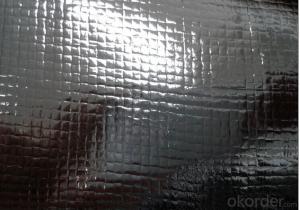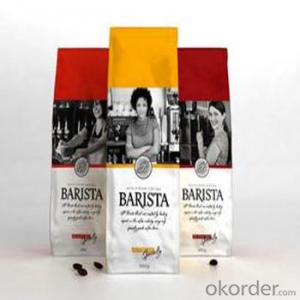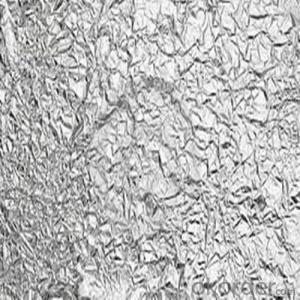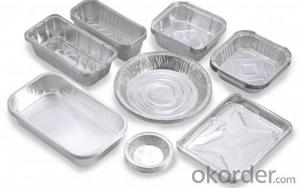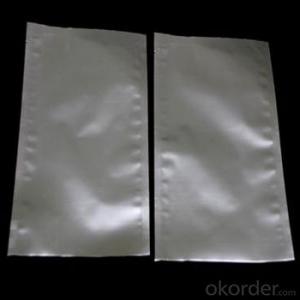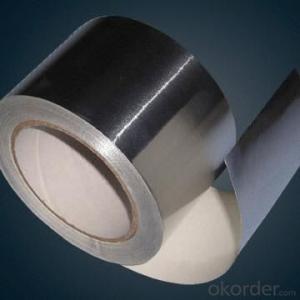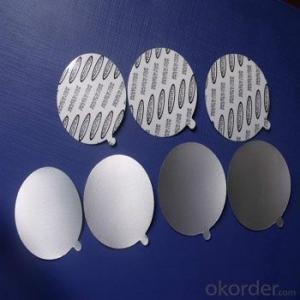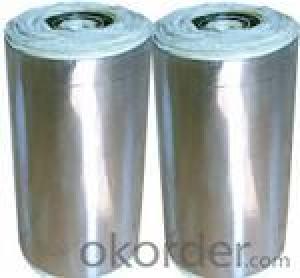Heat Sealing Aluminum Foil
Heat Sealing Aluminum Foil Related Searches
Led Light Bulbs For Ceiling Fixtures Led Lamps For Ceiling 42 In Ceiling Fan With Light Aluminum Coil Stock For Gutters Hole Saw For Aluminum Plate Aluminum Tread Plate For Trailer Bow Plate For Aluminum Boat Max Temp For Aluminum Foil Aluminum Foil For Key Fob Aluminum Foil For Hair FrizzHot Searches
Cheap High Tea Sets For Sale Portable Led Signs For Sale Stone Hot Water Bottles For Sale Large Led Screens For Sale H4 Led Headlight Bulbs For Sale Air Pump For Aquarium Price Inverter Size For Solar System Solar Thermal Collectors For Sale Used Finger Joint Machine For Sale Used Foam Board Insulation For Sale Aluminum Dock Plate For Sale Aluminum Plate For Sale Near Me Solar Chips For Sale Solar Controllers For Sale Pipe Staging For Sale Aluminum Stock For Sale Near Me 6 3 Electrical Wire For Sale Aluminum Towers For Sale 6 3 Wire For Sale Bbq Machine For SaleHeat Sealing Aluminum Foil Supplier & Manufacturer from China
Okorder.com is a professional Heat Sealing Aluminum Foil supplier & manufacturer, offers integrated one-stop services including real-time quoting and online cargo tracking. We are funded by CNBM Group, a Fortune 500 enterprise and the largest Heat Sealing Aluminum Foil firm in China.Hot Products
FAQ
- The flexural modulus of aluminum sheets refers to the measure of stiffness or rigidity of the material when subjected to bending. It quantifies how much the material will deform or bend under a given load. The flexural modulus of aluminum sheets typically ranges between 70 and 79 GPa (Gigapascals).
- Which is better aluminum or stainless steel?
- Depending on what your using it for. Stainless steel is much stronger in strength seeing Aluminum has it's weak points and can bend under stress, and is also weak under large amounts of heat. I use stainless steel bolts and nuts for my exhaust systems, and starters on my truck, and they still haven't rusted as of yet.
- There are various methods of surface coating available for aluminum sheets, each offering unique benefits and applications. Some of the most commonly used methods include: 1. Anodizing: This process involves creating a protective oxide layer on the surface of the aluminum by immersing it in an electrolytic solution. Anodizing provides enhanced corrosion resistance, improved durability, and can also be used to achieve decorative finishes. 2. Powder coating: Powder coating involves applying a dry powder onto the surface of the aluminum and then curing it through a heating process. This method provides a durable and attractive finish, with excellent resistance to abrasion, chemicals, and UV rays. 3. Painting: Aluminum sheets can be coated with conventional liquid paints to achieve various colors and finishes. This method allows for customization and offers good corrosion protection, but may not be as durable as other methods. 4. Cladding: Cladding involves bonding a protective layer, such as stainless steel or other metals, onto the surface of the aluminum sheet. This method provides superior protection against corrosion, impact, and extreme weather conditions. 5. Laminating: Laminating involves applying a thin layer of protective material, such as PVC or PET film, onto the surface of the aluminum sheet. This method enhances the sheet's resistance to scratching, staining, and fading, making it suitable for applications requiring long-term durability. 6. Chemical conversion coating: This method involves treating the aluminum surface with a chemical solution to create a thin, protective layer. Chromate conversion coating, for example, enhances corrosion resistance and improves paint adhesion. 7. Electrophoretic deposition (EPD): EPD involves immersing the aluminum sheet in a water-based paint solution and applying an electric current to deposit the paint particles onto the surface. This method provides uniform coating thickness and excellent corrosion resistance. Each of these surface coating methods offers specific advantages and is suited for different applications. Choosing the appropriate method depends on the desired properties, aesthetics, and the intended use of the aluminum sheets.
- The elongation percentage of 101 aluminum sheets indicates the extent to which the material can deform or stretch before it breaks. Factors such as sheet thickness and the manufacturing process can influence the exact elongation percentage of 101 aluminum sheets. Nonetheless, 101 aluminum alloy is widely recognized for its remarkable formability and exceptional elongation properties. Generally, it demonstrates elongation percentages that range from 10% to 30%, allowing the material to stretch by that proportion of its original length before it fractures.
- Aluminum sheets are known for their excellent electrical conductivity. They are highly conductive, ranking second only to copper in terms of electrical conductivity among common metals. This high conductivity makes aluminum sheets an ideal choice for various electrical applications, including wiring, power transmission, and electrical components. The low resistivity of aluminum allows for efficient transfer of electricity, ensuring minimal energy loss during transmission. Additionally, aluminum sheets are lightweight, making them a preferred material for electrical systems where weight reduction is desired. Overall, aluminum sheets offer exceptional electrical conductivity, making them a reliable and efficient choice for electrical applications.
- There are several different surface finishes available for aluminum sheets, each offering distinct characteristics and aesthetic appeal. Some of the commonly used surface finishes for aluminum sheets include: 1. Mill Finish: This is the most basic surface finish and is achieved by leaving the aluminum in its as-rolled condition, without any additional treatment. It has a smooth and shiny appearance, but may have minor imperfections and is not as durable as other finishes. 2. Anodized Finish: Anodizing is an electrochemical process that creates a protective layer on the surface of the aluminum sheet. This finish enhances corrosion resistance, improves durability, and provides a wide range of color options. Anodized finishes can have a matte or glossy appearance. 3. Brushed Finish: This finish is achieved by brushing the aluminum sheet with a fine abrasive material, creating a textured pattern. This finish is commonly used for decorative purposes and provides a unique and attractive appearance. 4. Polished Finish: Polishing the aluminum sheet using abrasive materials creates a smooth and reflective surface. This finish is often used for decorative purposes and gives a high-end, mirror-like appearance to the aluminum. 5. Embossed Finish: Embossing is a process that creates raised or recessed patterns on the surface of the aluminum sheet. This finish is commonly used for decorative purposes, as it adds texture and visual interest to the material. 6. Powder Coated Finish: Powder coating involves applying a dry powder to the aluminum sheet and then curing it under heat. This finish provides a durable and weather-resistant coating, and is available in a wide range of colors and textures. 7. Patterned Finish: Patterned finishes are achieved by imprinting different patterns or designs on the surface of the aluminum sheet. This finish is often used for architectural applications and adds visual interest to the material. These are just a few examples of the different surface finishes available for aluminum sheets. The choice of finish depends on the desired appearance, functionality, and application requirements.





